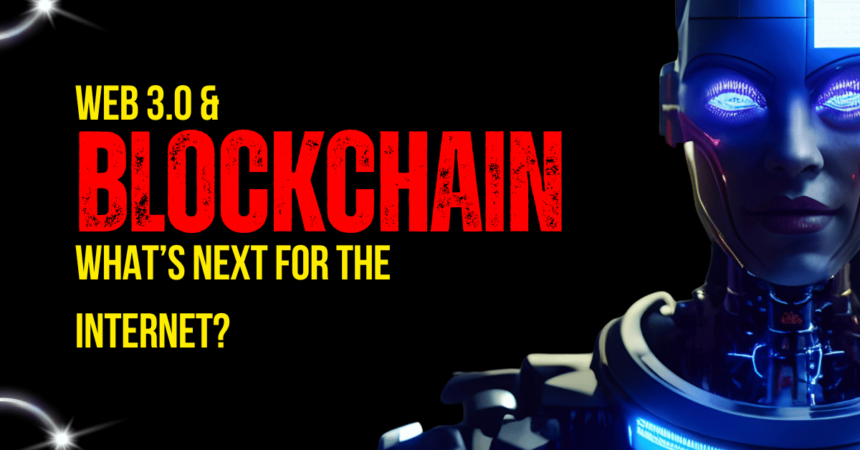I still remember the first time I used dial-up internet the sound, the slowness, and the thrill of exploring something that felt like a digital frontier. Fast forward to now, and we’re looking at a whole new phase that’s changing the way we think about the web. People are throwing around terms like Web 3.0 and blockchain like they’re part of everyday conversation, but what does it all really mean?
Let’s unpack it in a way that actually makes sense.
What is Web 3.0, Anyway?
Think of Web 1.0 as static pages. You could read stuff, but you weren’t part of the story. Web 2.0 brought interaction, social media, online shopping, videos, and memes. We started participating, posting, liking, and sharing.
Now comes Web 3.0. This version isn’t just about using the internet. It’s about owning your piece of it. Instead of big platforms holding all the data and power, control is starting to shift toward individuals.
Here’s a quick example. Right now, if you post a photo on a popular app, they own the platform and in many ways, the data. With Web 3.0 tools, you might post that photo on a platform built on blockchain, and you keep ownership of it. You can move it, sell it, or store it how you want.
Blockchain: The Digital Ledger That Keeps It All Together
Blockchain might sound like something straight out of a sci-fi novel, but the idea is surprisingly simple. Imagine a shared notebook where everyone can see what’s written, no one can erase past notes, and no one person can sneak in and change things.
That’s what makes it powerful. It’s transparent, secure, and doesn’t rely on one central boss. Whether it’s digital art (NFTs), money (cryptocurrencies), or contracts (smart contracts), blockchain is being used to create systems where people can interact directly no middleman needed.
I once sold a small digital artwork as an NFT mostly just to understand the process. The transaction was instant, verifiable, and the buyer knew exactly what they were getting. It felt like we were skipping the gatekeepers entirely.
So, What’s Actually Changing?
Let’s get real. Not everyone is going to wake up tomorrow and start using a crypto wallet or storing digital tokens. But things are moving. Startups are building apps where your identity, your data, even your payments are tied to systems that give you more say.
Imagine logging into a social network where you get rewarded for your content directly by your audience no ads, no algorithms deciding what people see. Or shopping on a site where you earn points that hold real-world value, because they’re on a blockchain and can be traded elsewhere.
We’re not fully there yet. It’s like smartphones in the early 2000s. Clunky, experimental, but with enough spark to know something big was on the way.
Is This All Just Hype?
Fair question. Some projects will fizzle out. Others might make promises they can’t keep. But at the core, the idea of giving people more control over their online lives is catching on.
I’ve talked to folks who are using blockchain to track food supply chains, helping farmers prove where crops came from and how they were grown. Others are using it for fundraising, community building, or even creating new forms of democratic voting.
The shift won’t happen overnight, but it’s gaining momentum.
Practical Tips If You’re Curious
- Start small. Create a crypto wallet. Play around with a blockchain-based social platform or marketplace.
- Ask questions. If it sounds confusing, that’s totally fair. Most people are learning on the fly.
- Follow projects, not hype. Look for teams solving real problems not just promoting tokens.
The internet’s changing again. This time, it’s not just about speed or style. It’s about who’s in charge and how we connect. If Web 2.0 was about joining the party, Web 3.0 is about helping plan it.
And honestly? That’s pretty exciting.


